CBL100 2 meter; 3.5 mm mono phone plug to 3.5 mm mono phone plug
CBL101 2 meter; 3.5 mm mono phone plug to male RCA
CBL102 2 meter; 3.5 mm mono phone plug to male BNC
CBL105 2 meter; 3.5 mm mono phone plug to 6.35 mm (¼”) mono phone plug
CBL106 10 cm; 2 mm pin plugs to female BNC. The CBL106 is a multi-purpose adapter that can be used to connect BNC terminated equipment to the DA100C; BNC cable to digital I/O lines on the UIM100C; STM100C to nerve conduction chambers (via the CBL102).
CBL107 10 meter, 3.5 mm mono plug to 3.5 mm mono phone plug
CBL108 60 meter, 3.5 mm mono plug to 3.5 mm mono phone plug
CBL121 This cable will connect Biodex System 4 or System 3 rev2 and above devices to a BIOPAC MP160 or MP150 System to report Torque, Velocity, Position, and Sync values. One end of the 3 meter cable terminates with a dSUB15 male connector to interface the Biodex device, and the other end terminates with four 3.5 mm phone inputs to connect to the MP160 via HLT100C or to the MP150 via INISO to HLT100C if MP150 isolation is required or via UIM100C if MP150 isolation is not required.
Important Safety Note: Biodex devices are mains powered equipment. If any other wired (non-BioNomadix) connections from the MP160/150 to the subject exist, this cable must be used with INISO Input Signal Isolation Adapter with HLT100 High-level Transducer Amp to maintain proper isolation. Isolation is recommended if the MP System is also connected to subject-connected biopotential modules, such as EMG100C, ECG100C, etc.
- Users with older Biodex System 4 or System 3 Revision 2 should see the Advantage BX™ Software Upgrade from Biodex.
CBL122 Unisolated male RJ11 to 3.5 mm female jack, allows a mono 3.5 mm male cable to be interfaced with the AMI100D or HLT100C so connections previously made through the UIM100C can function with the MP160. This cable is unisolated and must not be used with external equipment when a human subject is connected to the MP system unless the external equipment has its own built-in isolation. The short (~3 cm) adapter is designed to be connected to another cable. CBL122 is included (qty) with the following items:
|
CBLCALC (1) |
MPMS200 (1) NIBP200A (2) NIBP250 (2) |
OUT102 (2) OUT103 (2) OXY300-MRI (2) |
STMEPM-MRI (1) STMISOLA (2) TSD122A (1) |
CBL123 Unisolated RJ11 to BNC Male, 1.8 m cable allows equipment with BNC outputs to a connect directly to an AMI100D or HLT100C when no isolation is required (e.g., animal) without any additional adapters. This cable is unisolated and must not be used with external equipment when a human subject is connected to the MP system unless the external equipment has its own built in isolation.
CBL124 Unisolated RJ11to two 2 mm sockets, this Switch Adapter allows a digital switch (i.e., TSD116A or TSD116B) to be connected to an analog input of the HLT100C. When the switch is open the channel will read zero volts; when the switch is pressed/closed the channel will read 5 volts. This cable is unisolated and should not be used to connect external mains powered equipment or other switches that make electrical contact with the subject.
CBL125 BNC male to BNC male, Nickel Plated, 2 m RG59 Coax cable; typically used to interface the Isolated Digital Interface module (STP100D or older STP100C) to devices that use BNC (Bayonet Neill-Concelman), such as FNIR Imager trigger ports. Typically applied for frequencies below 3 GHz; Ohm Rating: 75.
CBL126 BNC male to female right angle T-Adapter allows the connection of two BNC female connectors. Use this adapter when you want to use a trigger input and record the actual trigger on one of the digital I/O lines. Run an external trigger to the Isolated Digital Interface module (STP100D or older STP100C) via this coupler to start data acquisition, and then run a CBL125 + CBL106 to the STP-IO. Connector A: BNC male, Connector B: BNC female, Connector C: BNC female. 50 Ohm. Brass with nickel plating.
CBL128 3.5 mm Stereo to Mono Adapter—Tobii Glasses 2 Sync Adapter—allows external equipment to be connected to an MP system. Use to connect the synchronization signal of a Tobii Glasses 2 Recording Unit to an MP160+AMI/HLT using a combination of a CBL122 + CBL100, or to MP150+UIM using a CBL100. Recording the synchronization signal at the start of a Glasses 2 recording allows the eye tracking data to be tightly synchronized to other signals recorded by the MP system.
Also available:
- CBL110A DB37 F/F Ribbon Cable. Use this 3-meter ribbon cable to interface a SuperLab presentation system with the STP100D/STP100C Isolated Digital Interface for an MP150 or MP100 System. Pins 19 and 21 are GND; pin 20 is +5 V.
- CBL110C DB25 M/F Ribbon Cable. Use this 3-meter ribbon cable to send digital I/O info to the STP100D/STP100C Isolated Digital Interface to interface visual presentation systems that use a computer’s parallel printer port (E-Prime, DirectRT, MediaLab, Inquisit, etc.) with an MP150 or MP100 System. Pins 18 and 25 are GND.
- CBL110C-Y This Y-adapter for the CBL110C parallel port cable allows users to interface the output from a parallel port with two devices, the STP100D/STP100C and another piece of hardware. DB25 parallel male/dual female Y-splitter; 20 cm (8”).
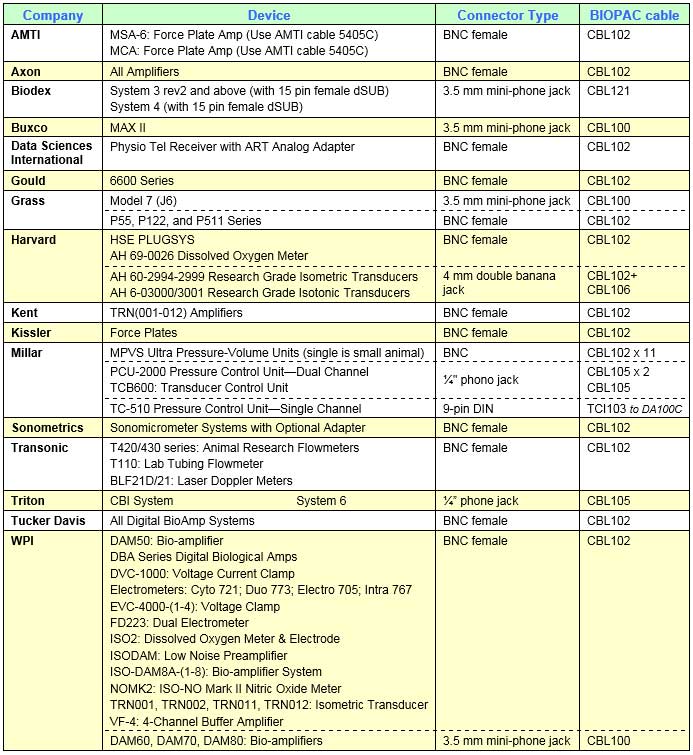
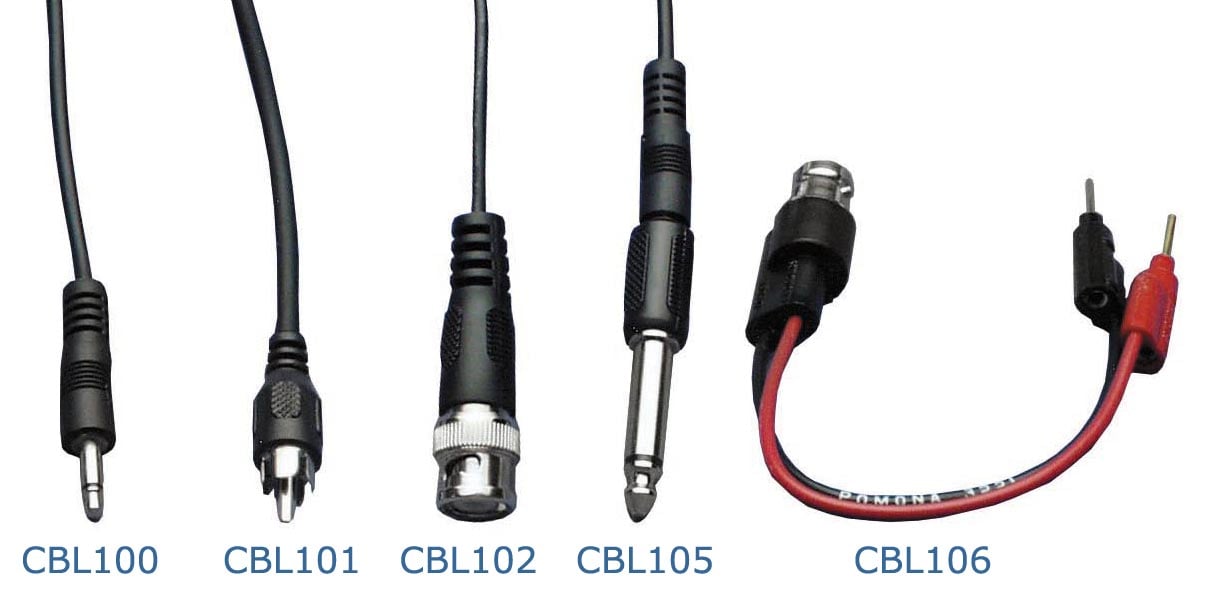









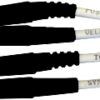


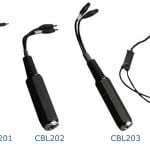
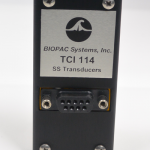
Stay Connected